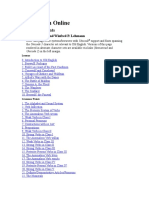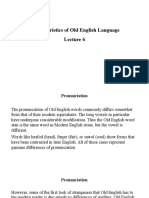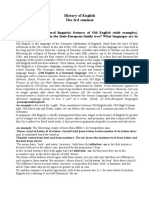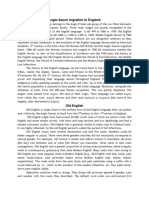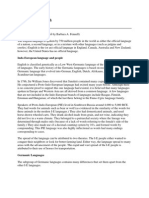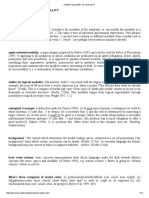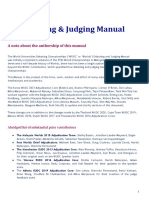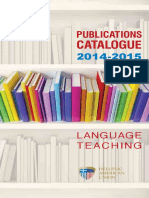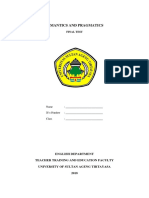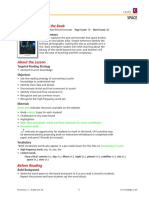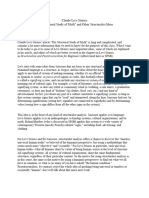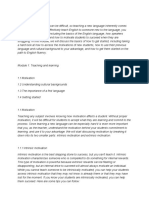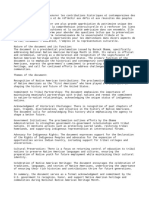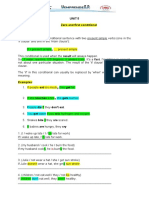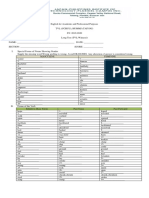0% found this document useful (0 votes)
18 views5 pagesLecture 7
The document discusses the morphology of Old English, covering nouns, pronouns, adjectives, adverbs, numerals, and verbs. It highlights the grammatical categories of number, gender, and case for nouns and pronouns, the distinction between strong and weak adjectives, and the inflection patterns of verbs. The evolution of these grammatical features from Old English to Modern English is also noted, particularly the simplification of verb inflections and the transition from grammatical to logical gender.
Uploaded by
Alina KachurCopyright
© © All Rights Reserved
We take content rights seriously. If you suspect this is your content, claim it here.
Available Formats
Download as DOCX, PDF, TXT or read online on Scribd
0% found this document useful (0 votes)
18 views5 pagesLecture 7
The document discusses the morphology of Old English, covering nouns, pronouns, adjectives, adverbs, numerals, and verbs. It highlights the grammatical categories of number, gender, and case for nouns and pronouns, the distinction between strong and weak adjectives, and the inflection patterns of verbs. The evolution of these grammatical features from Old English to Modern English is also noted, particularly the simplification of verb inflections and the transition from grammatical to logical gender.
Uploaded by
Alina KachurCopyright
© © All Rights Reserved
We take content rights seriously. If you suspect this is your content, claim it here.
Available Formats
Download as DOCX, PDF, TXT or read online on Scribd
/ 5













